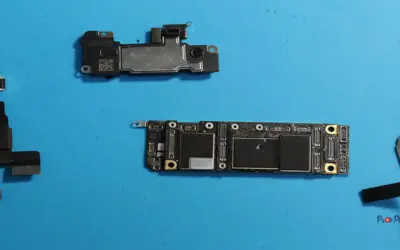Identifying Signs of a Failing Battery
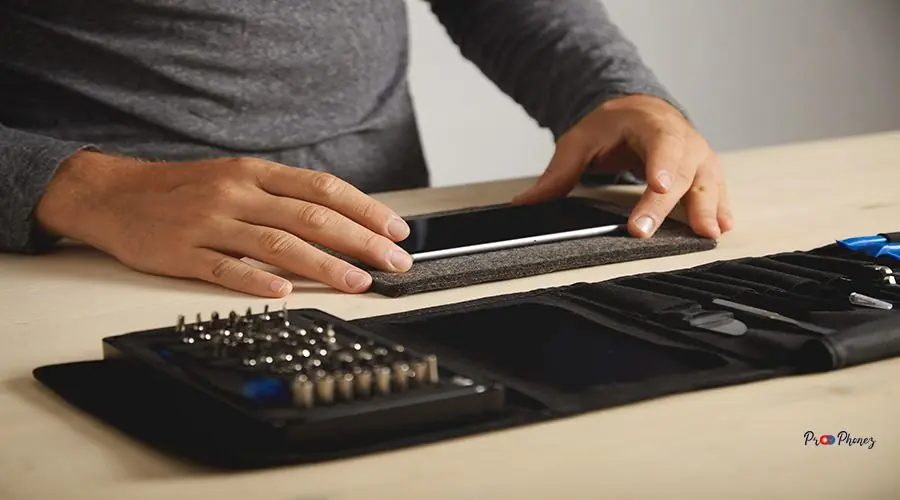
A failing phone battery, especially in an Apple iPhone, often reveals itself through several telltale signs. If your device shuts down unexpectedly, loses charge rapidly, takes longer than usual to recharge, or shows reduced capacity, your battery may be nearing the end of its life. Swelling, overheating, or a noticeable drop in performance are also clear indicators. Pay attention to these symptoms, particularly if you own a Samsung device, to avoid being caught off guard by a dead battery. Lets discuss iphone 6 screen replacement in detail here.
Choosing the Right Replacement Tools
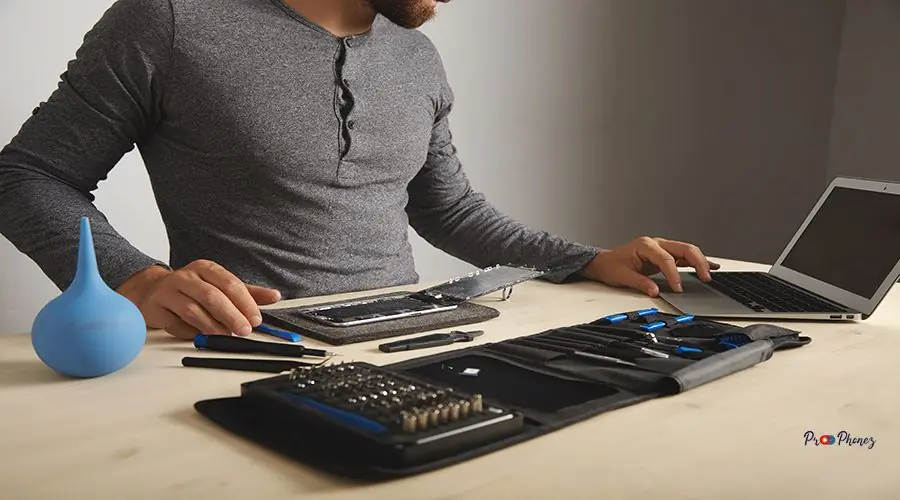
Selecting the proper tools is crucial for a safe and successful phone battery replacement. Invest in a high-quality toolkit that includes precision screwdrivers, plastic prying tools, tweezers, and a suction cup. Avoid using metal tools that can damage delicate components. Always ensure your tools are clean and organized before starting the replacement process.
Step-by-Step Guide to Safe Battery Swapping
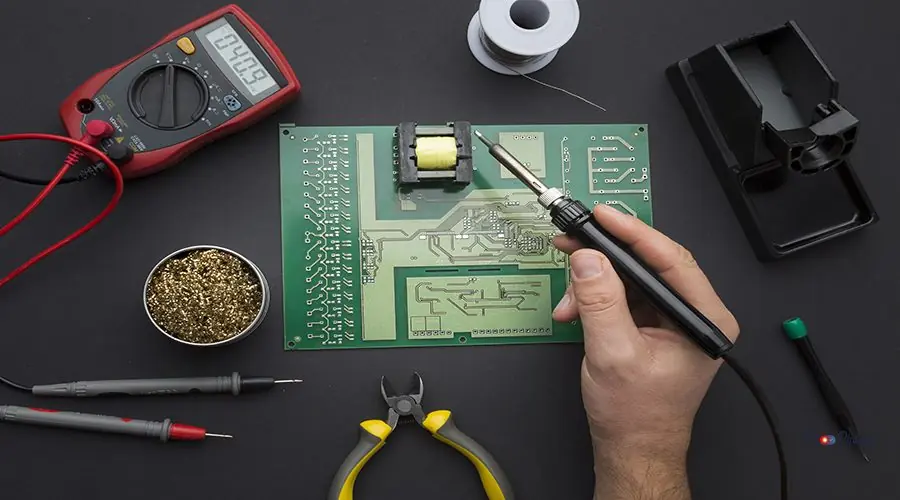
- Power off your device and remove any SIM or memory cards.
- Use a suction cup and plastic pry tool to gently open the case.
- Disconnect the battery connector carefully.
- Remove the old battery, avoiding punctures or bends.
- Insert the new battery, ensuring proper alignment.
- Reconnect the battery connector and reassemble the device.
- Power on your phone and verify functionality.
Avoid These Costly Installation Errors
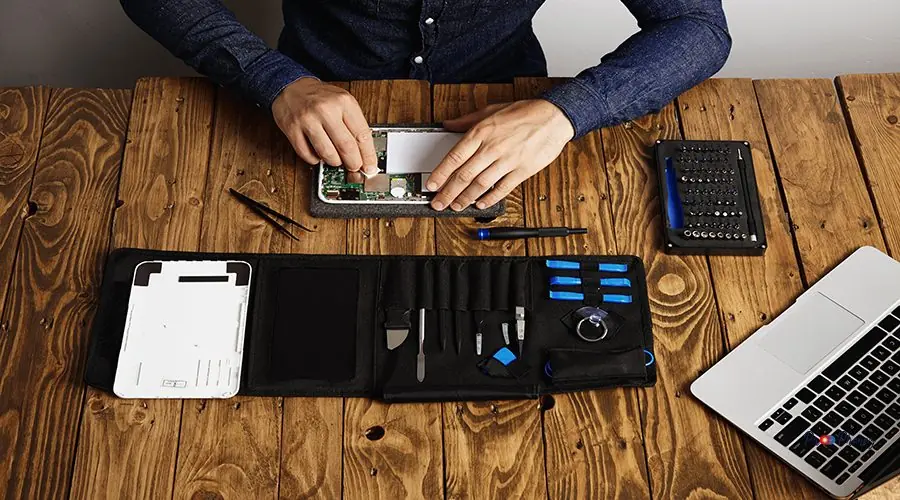
Common mistakes include using excessive force, skipping steps, or neglecting to disconnect the battery before working. Avoid using metal tools near the battery and never puncture or bend the battery. Double-check all connections before reassembly to prevent short circuits or damage.
Prolonging Battery Life After Replacement
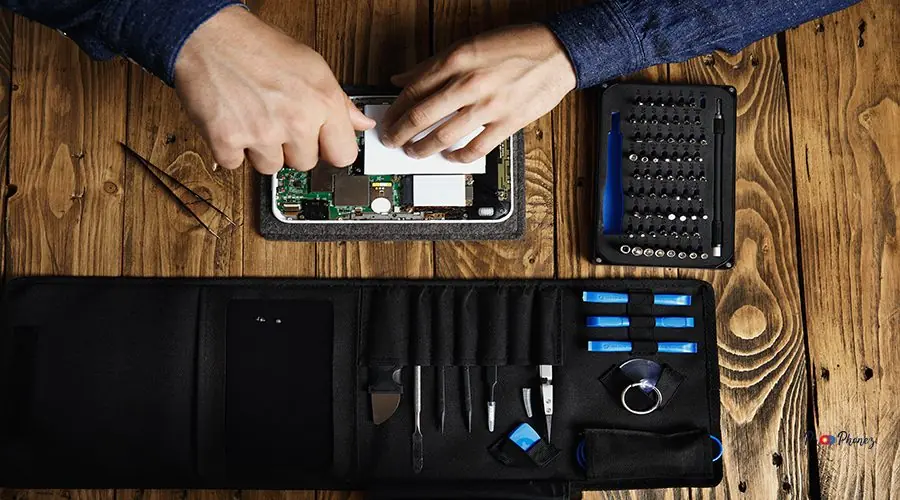
To maximize your new battery’s lifespan, avoid extreme temperatures, use certified chargers, and keep your device’s software updated. Allow your battery to cycle from full to low charge occasionally, but avoid letting it drain completely. Store your phone in a cool, dry place when not in use.
Selecting the Right Tools for the Job
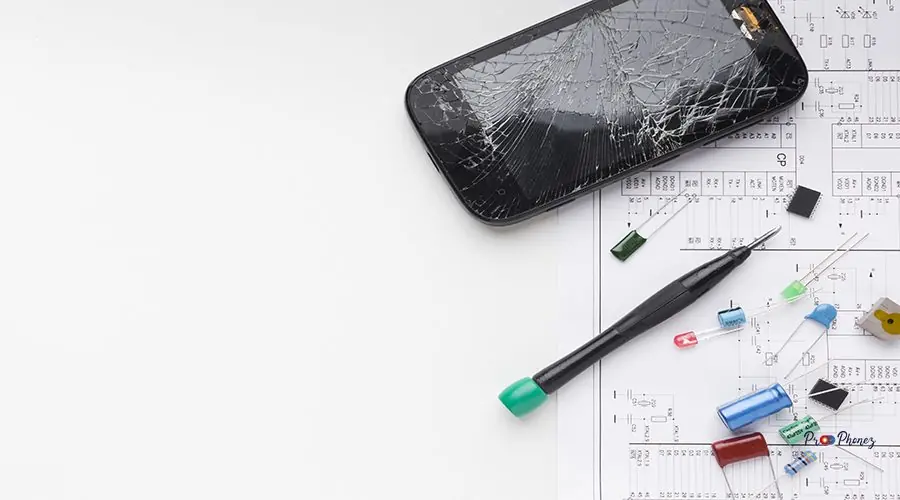
Quality matters when it comes to tools. Choose ESD-safe (anti-static) tools to prevent damaging sensitive electronics. A magnetic mat can help keep screws organized. Investing in a reputable toolkit ensures a smoother, safer replacement process.
Navigating Common Installation Errors
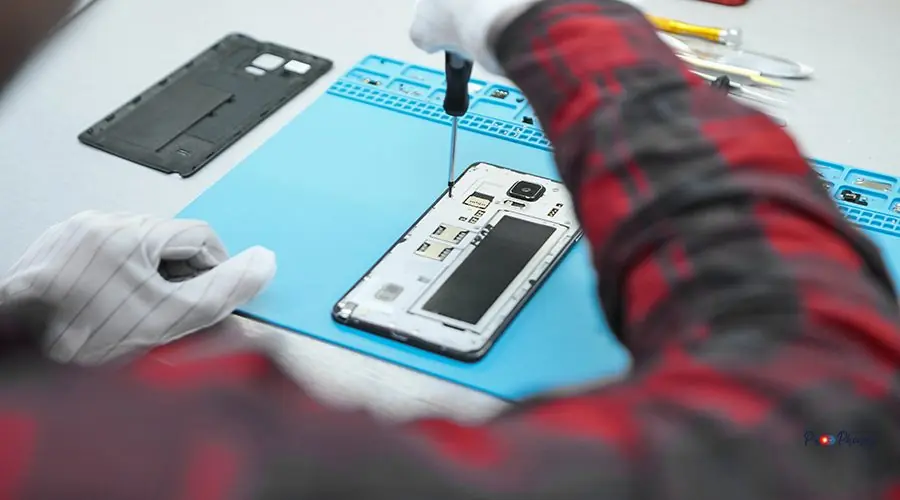
Many beginners forget to disconnect the mobile battery before starting a phone battery replacement, leading to short circuits. Others may misplace screws or damage connectors. Take your time, follow instructions closely, and keep a clean workspace to minimize errors.
Safety Tips for Handling Batteries
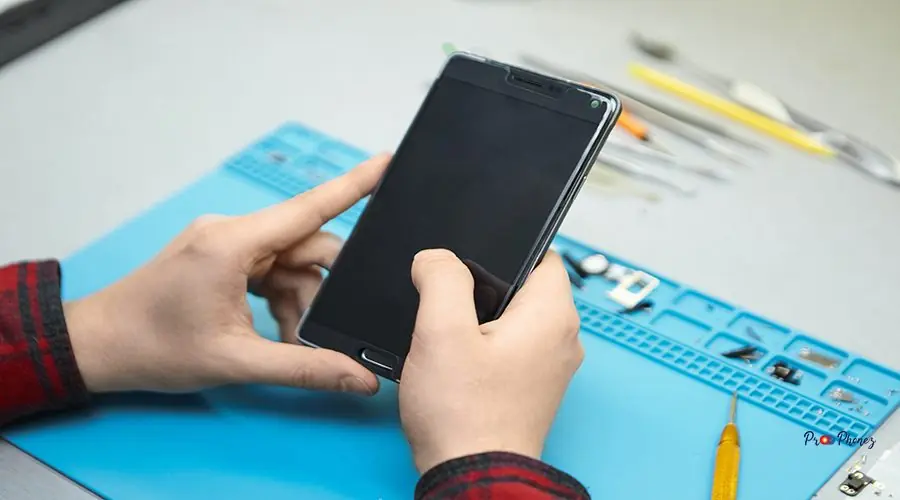
Always work in a well-ventilated area and wear safety glasses. Avoid puncturing, bending, or exposing the battery to heat. Dispose of old batteries at designated recycling centres—never in household trash.
Protecting Your Battery's Lifespan: Best Practices
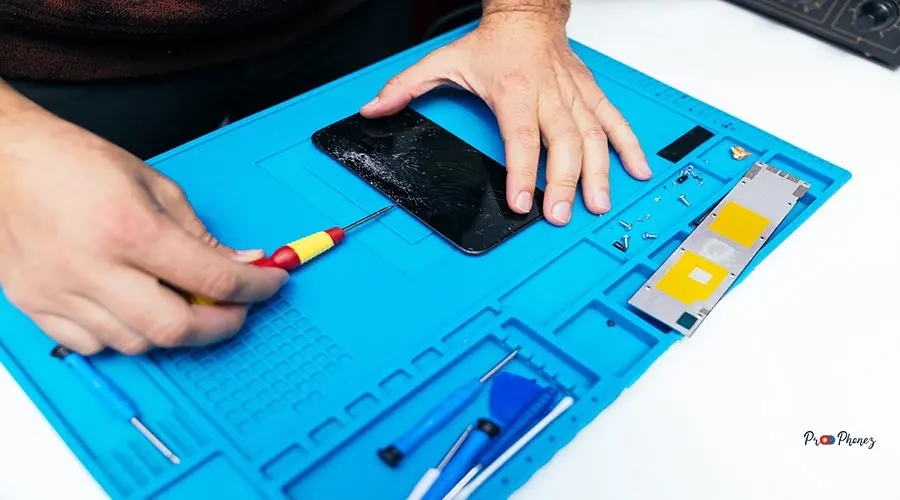
Keep your phone’s battery between 20% and 80% charge for optimal health. Avoid overnight charging and remove cases that cause overheating during charging. Regularly update your device’s firmware to benefit from battery optimization features.
Signs You Need a New Battery
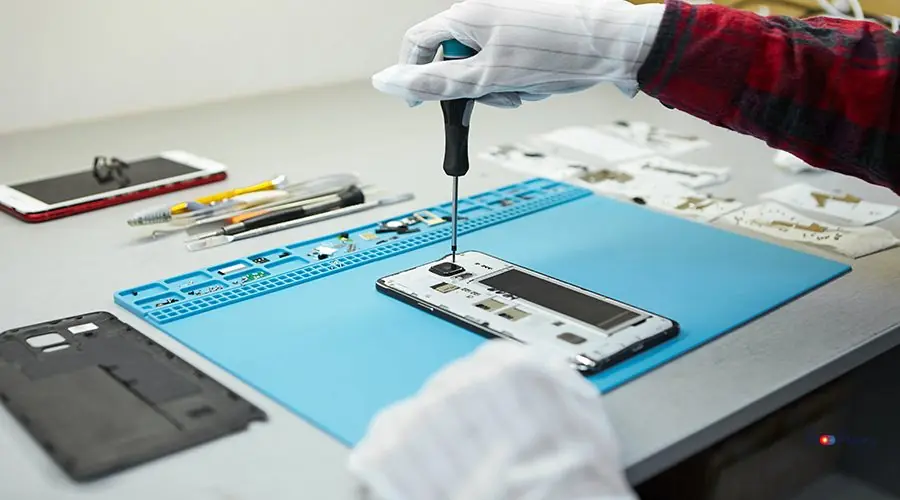
If your phone’s battery drains quickly, charges slowly, or causes your device to overheat, particularly in Apple phones, it’s time to consider a phone repair or the replacement cost. Swelling or physical deformity is a serious sign—replace the battery immediately to avoid damage.
Typical Errors Beginners Make
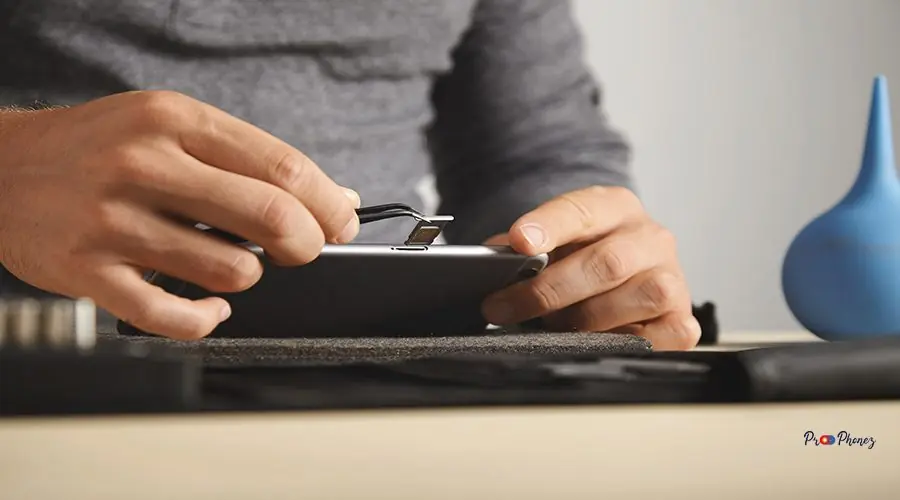
Beginners often rush the process, skip steps, or use improper tools. Not grounding yourself can lead to static damage. Always follow a detailed guide and take your time to avoid costly mistakes.
Trusted Tools for Safe Replacement
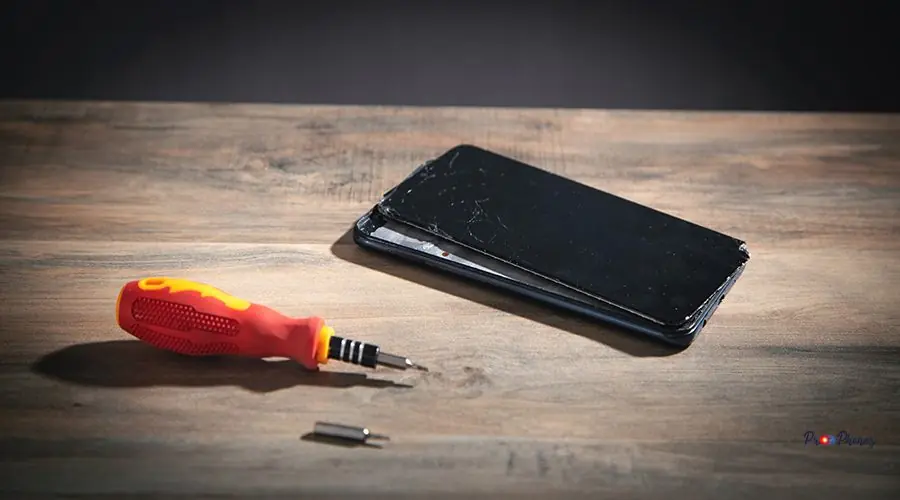
Look for toolkits from reputable brands like iFixit or Wiha. Essential tools include a spudger, ESD tweezers, and a precision screwdriver set. Avoid generic or low-quality kits that may damage your device.
Step-by-Step: The Right Way to Change Your Battery
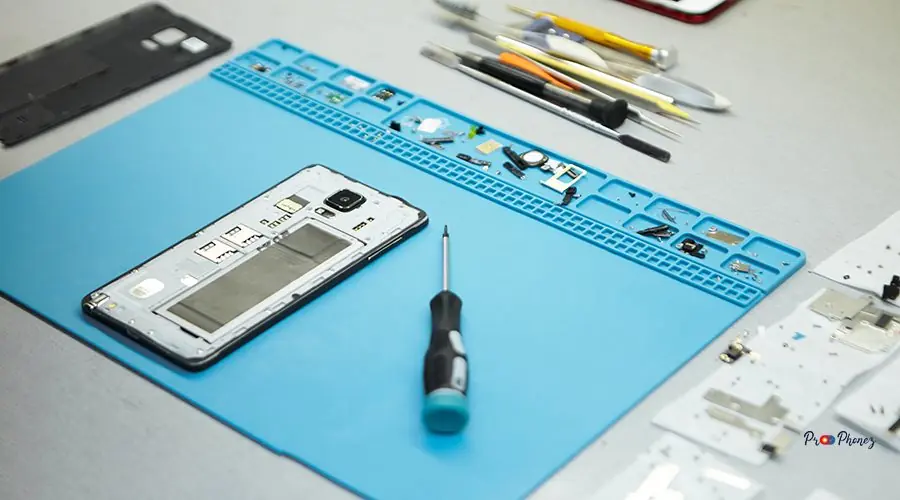
- Power off the device.
- Remove the back cover and screws.
- Disconnect the battery connector.
- Gently remove the old battery.
- Insert the new battery and reconnect.
- Reassemble the device and test.
Maintaining Your Phone's Power Post Replacement
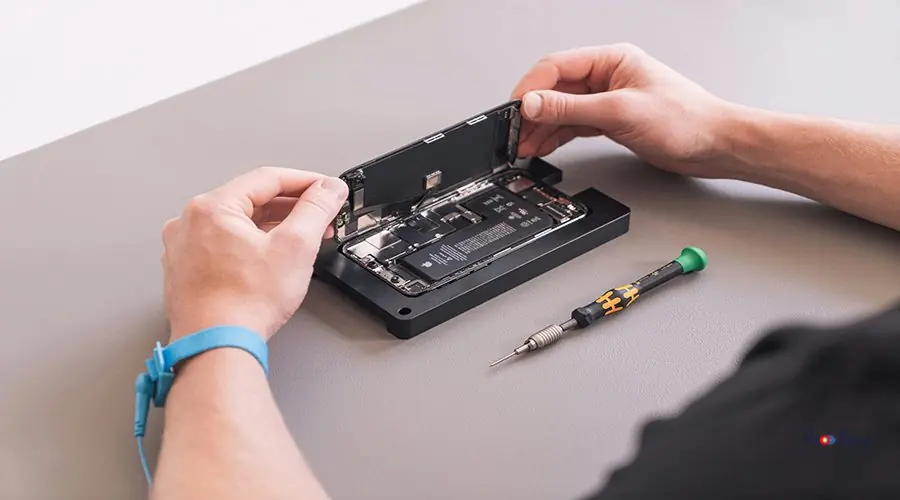
After replacing your battery, calibrate it by charging to 100% and then letting it drain to around 10%. Repeat this cycle once a month. Avoid exposing your phone to extreme temperatures and use original chargers.
Identifying Faulty Power Sources
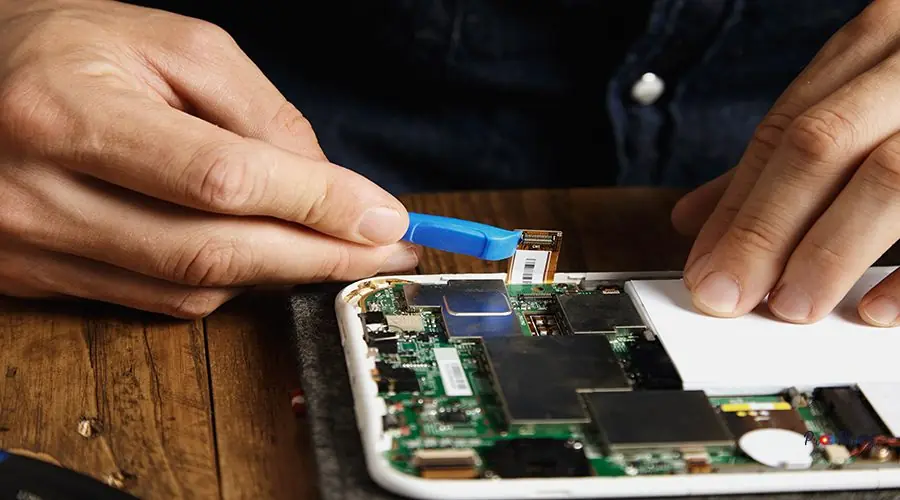
Unstable or incompatible chargers can damage your battery. If your phone charges erratically or heats up during charging, switch to a certified charger and cable. Avoid using public charging stations without surge protection.
Choosing the Right Replacement Parts
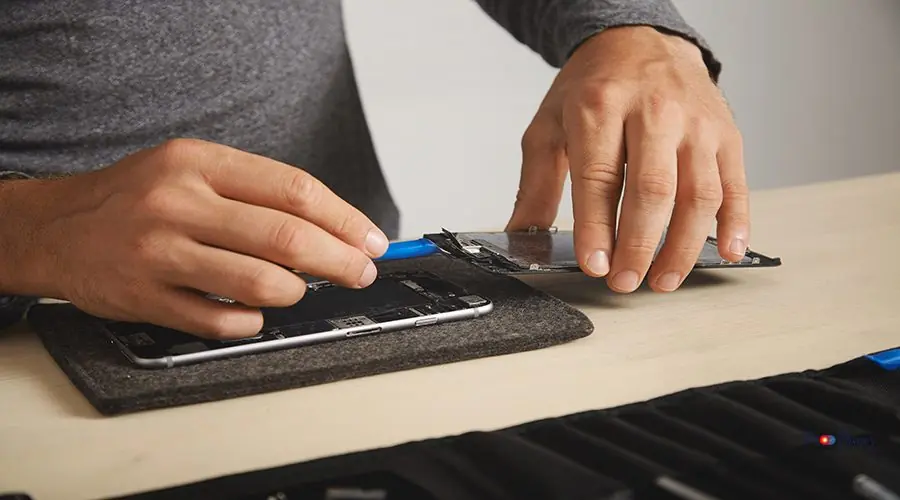
Always purchase batteries from reputable suppliers with a valid warranty. Check for compatibility with your device model and look for certifications like CE or UL. Avoid cheap, unbranded batteries that may pose safety risks.
Proper Tools for Safe Installation
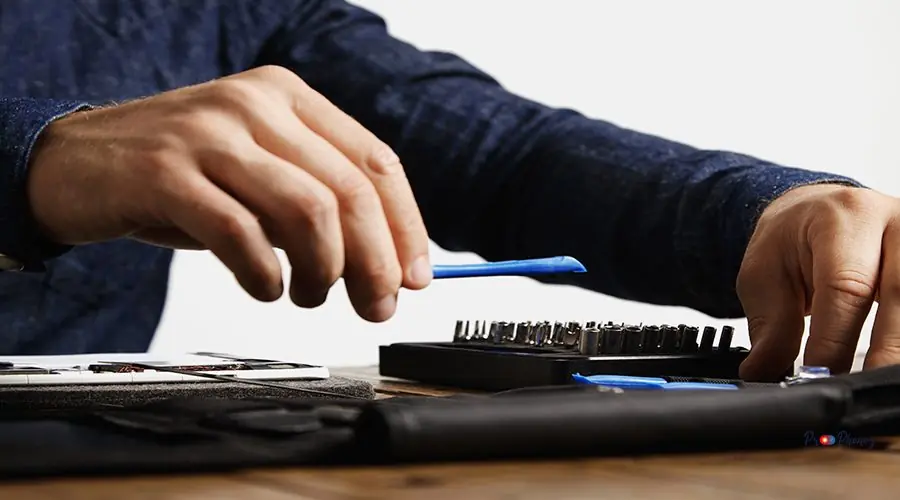
Essential tools include a plastic spudger, ESD-safe tweezers, and a precision screwdriver set. A suction cup and opening picks help prevent damage to the phone’s casing. Always use non-metallic tools near the battery.
Handling Battery Connections with Care
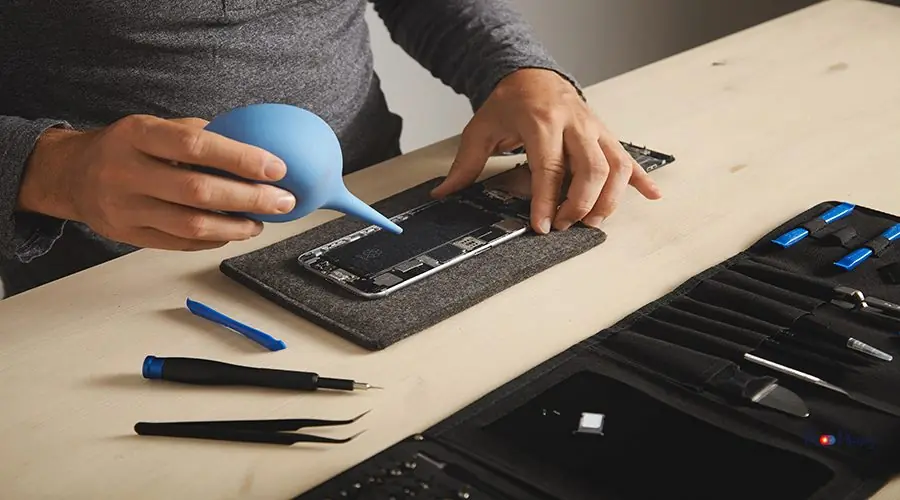
Battery connectors are delicate. Use a plastic tool to gently disconnect and reconnect them. Never force a connector or use metal tools, as this can cause permanent damage.
Testing Your Device Post-Repair
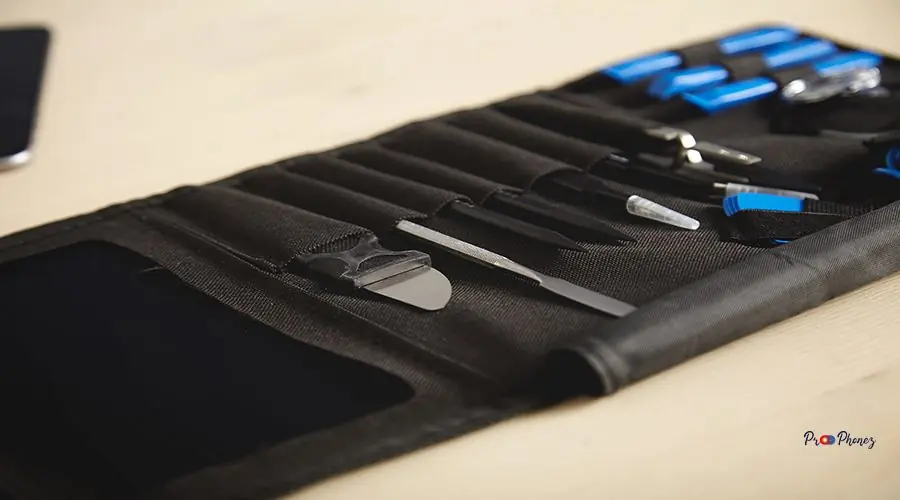
After reassembly, power on your device and check for normal operation. Test charging, battery percentage accuracy, capacity, and overall performance on your smartphone and apple device. If issues arise, double-check connections and ensure the battery is properly seated.
Typical Errors Made During Battery Changes
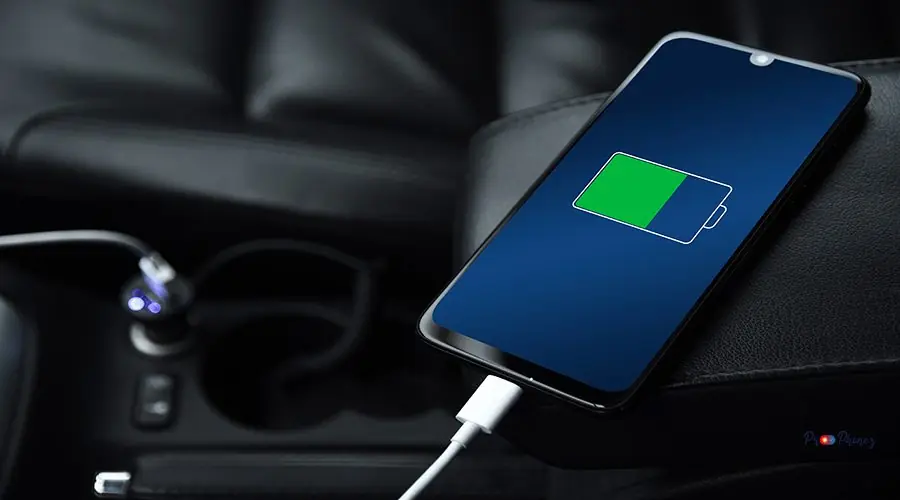
Common errors include damaging the battery during removal, misplacing screws, or forgetting to reconnect components. Always follow a step-by-step guide and keep track of all parts.
Proper Tools for Safe Battery Swapping
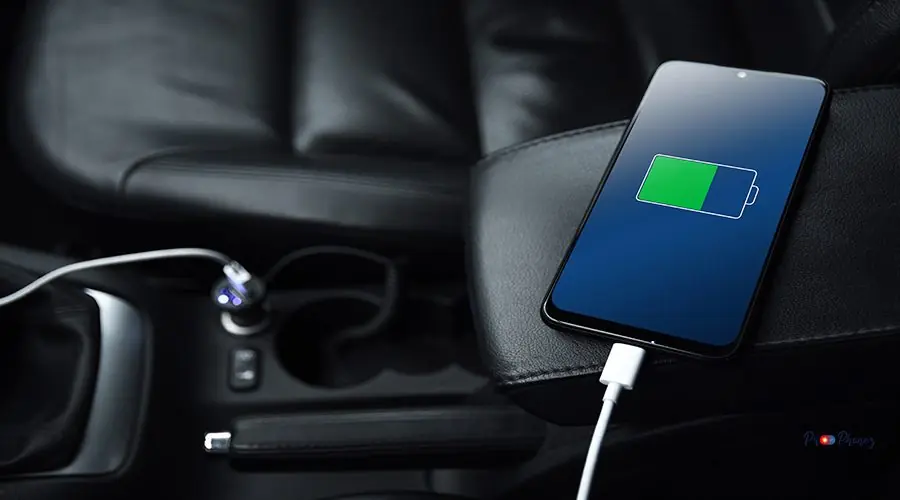
A quality toolkit should include a spudger, tweezers, suction cup, and precision screwdrivers. ESD protection is essential to prevent static damage. Avoid using household tools that can cause harm.
Recognizing Signs of Incorrect Installation
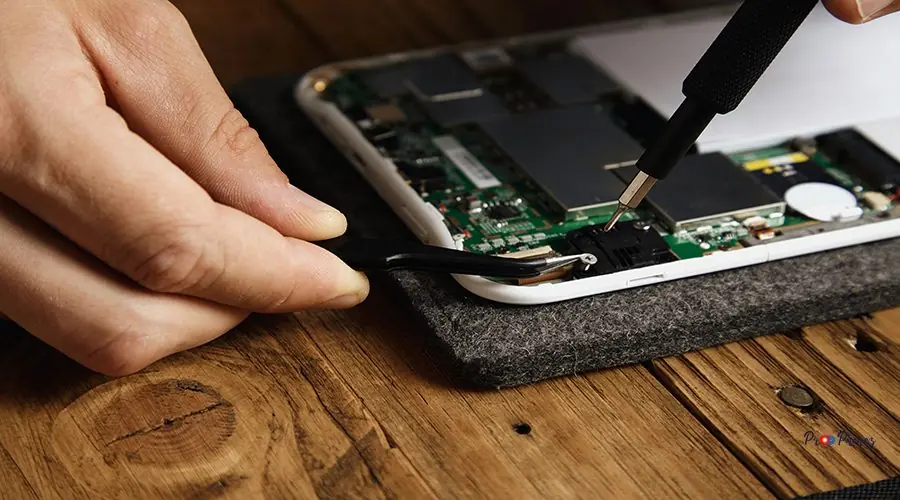
If your phone won’t power on, charges slowly, or displays mobile battery errors, the installation may have gone wrong. Reopen the device and check all connections, ensuring the battery is properly aligned and connected.
Prolonging Battery Life Post-Replacement: Key Tips
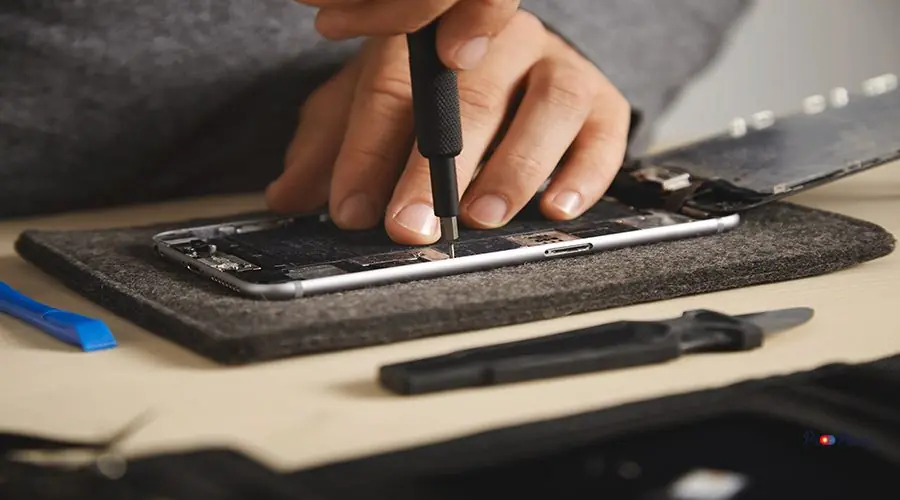
Keep your phone cool, avoid full discharges, and use certified chargers. Enable battery-saving modes and close unused apps to reduce drain. Regularly monitor battery health through your device’s settings.
Avoiding Damage: Expert Advice on Battery Handling
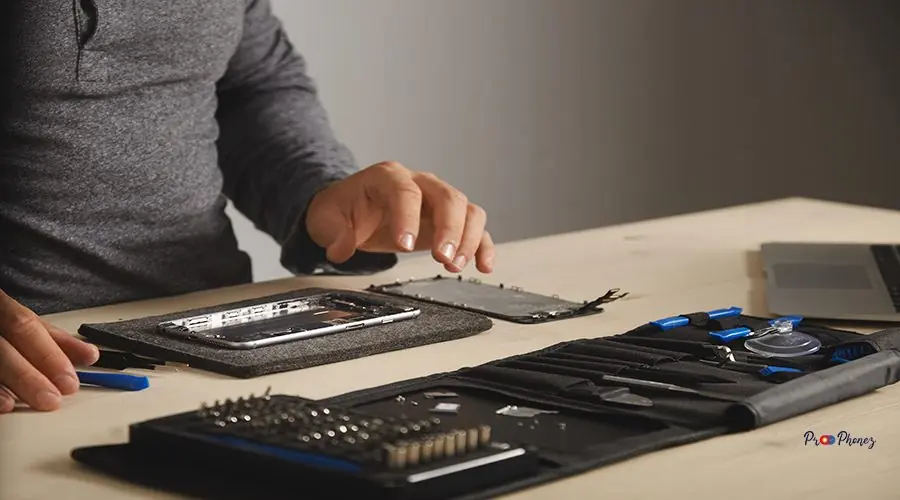
Never bend, puncture, or expose the battery to heat. Use only plastic tools near the battery and work on a non-conductive surface. Dispose of old batteries responsibly to prevent environmental harm.
Identifying Symptoms of a Failing Battery
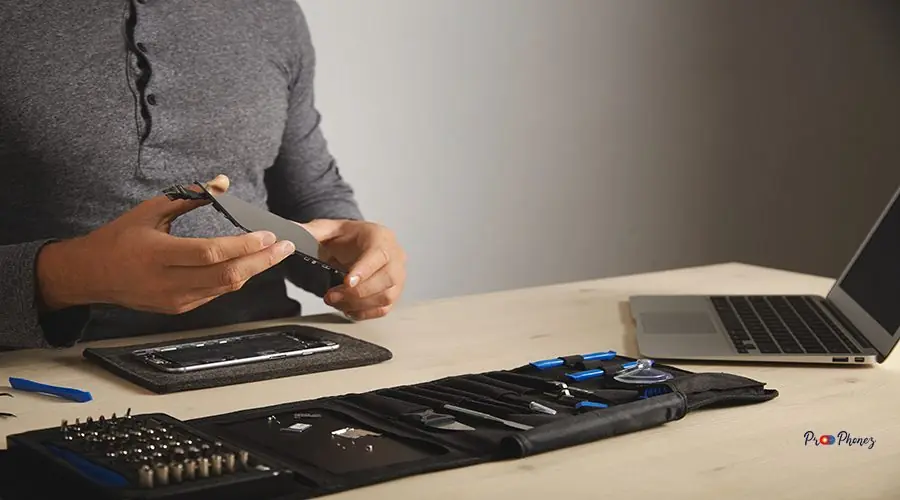
Rapid power loss, unexpected shutdowns, and overheating are key symptoms of reduced battery capacity, indicating it may be time for a phone battery replacement, and you should consider the replacement cost. Swelling or a bulging case is a serious warning—replace the battery immediately to avoid further damage.
Choosing the Right Tools for the Job
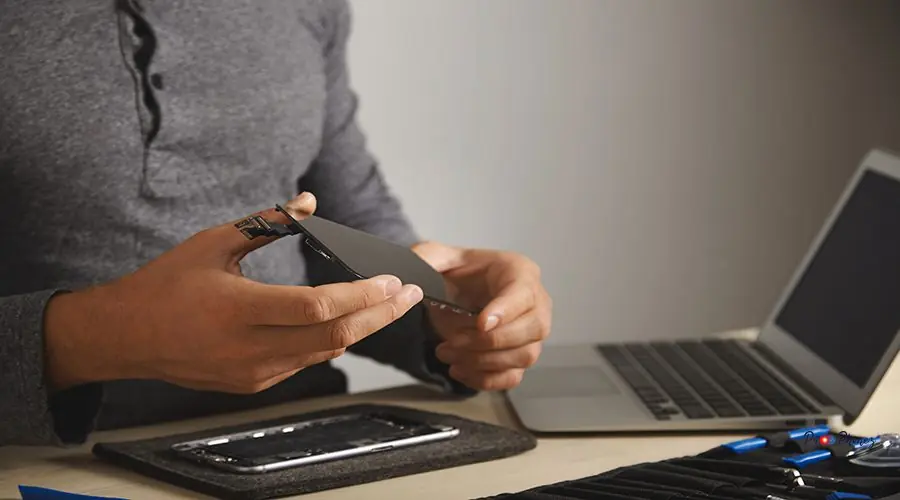
Invest in a toolkit designed for electronics and phone repair. Look for ESD-safe tools, a magnetic mat, and high-quality screwdrivers. Proper tools reduce the risk of damage and make the process smoother.
Steps to Safely Remove the Old Battery
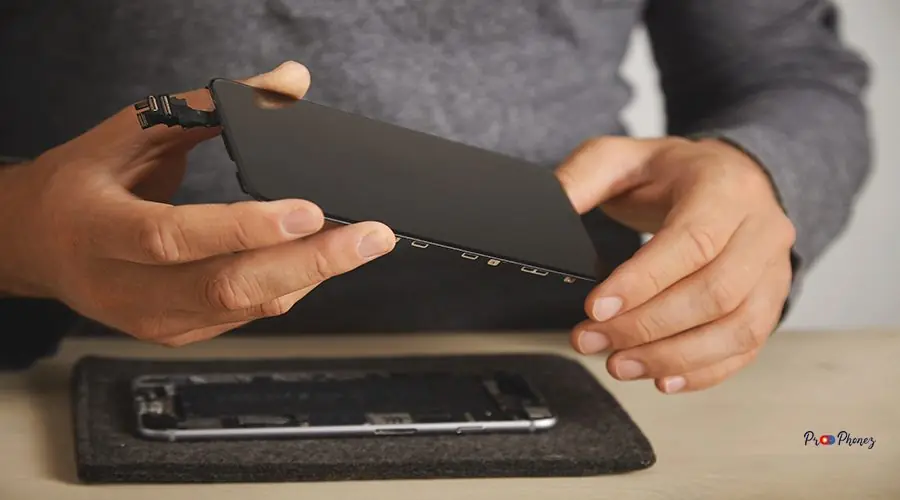
- Power off your device.
- Remove the back cover and screws.
- Disconnect the battery connector.
- Use a plastic tool to gently lift the battery.
- Avoid bending or puncturing the battery during removal.
Missteps to Avoid During Installation
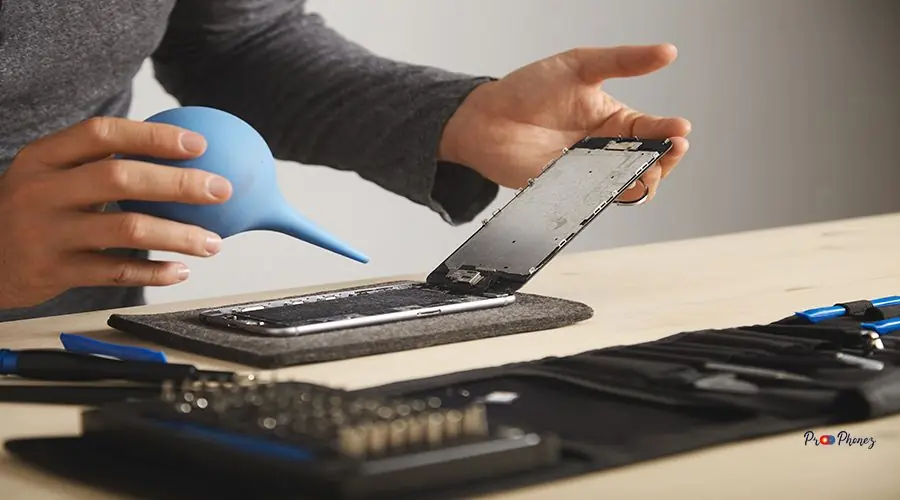
Don’t rush or skip steps. Avoid using metal tools near the battery and never force components. Double-check all connections before reassembly to prevent issues.
Extending Your New Battery’s Lifespan
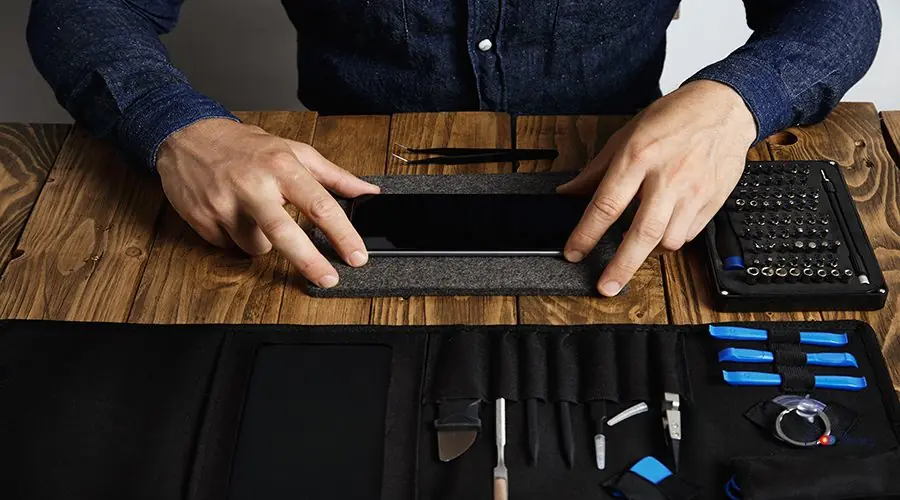
Charge your battery regularly, avoid extreme temperatures, and use certified chargers. Enable power-saving features and keep your device’s software updated for optimal battery health.
Identifying Signs of a Worn-Out Battery
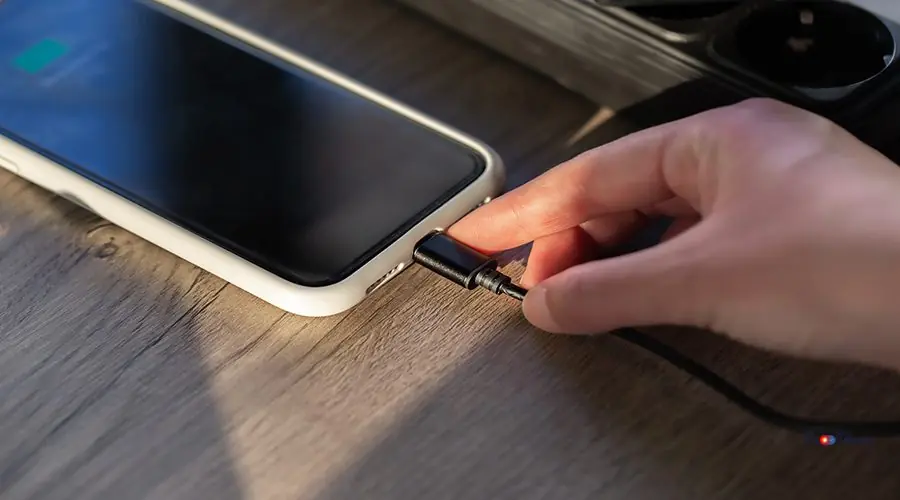
If your phone struggles to hold a charge, overheats, or shuts down unexpectedly, the phone battery replacement may be necessary if the battery is worn out. Swelling or physical changes are urgent signs to replace the battery.
The Pitfalls of Buying Cheap Replacement Parts
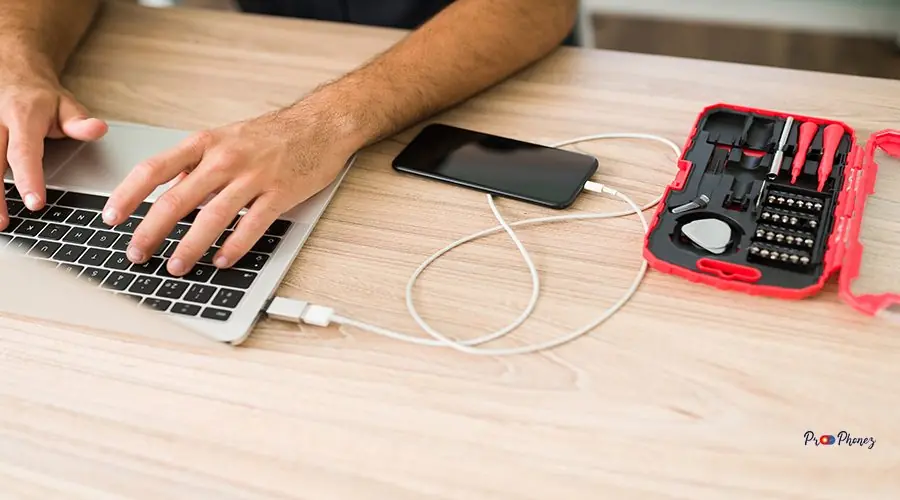
Cheap batteries may lack safety certifications and can damage your Samsung, Apple, or iPhone device, invalidate your warranty, or pose safety risks. Always buy from reputable suppliers and check for compatibility with your phone model.
Safety Measures for Handling Your Device

Work on a clean, static-free surface and wear safety glasses. Avoid working near water or heat sources. Keep small parts organized to prevent loss or damage.
Step-by-Step Replacement Guide: Avoiding Errors
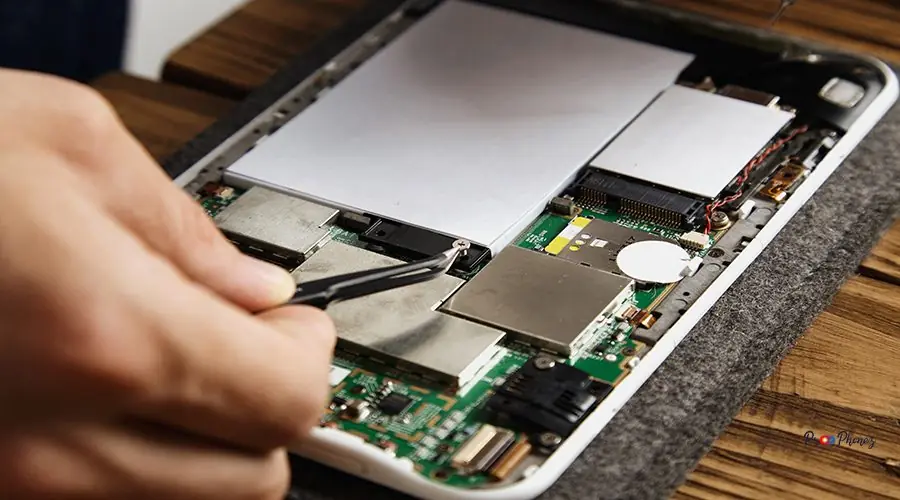
- Power off and open your device carefully.
- Disconnect the battery and remove it gently.
- Insert the new battery, ensuring proper alignment.
- Reconnect all components and reassemble the device.
- Test for normal operation before regular use.
Post-Replacement Care for Optimal Performance
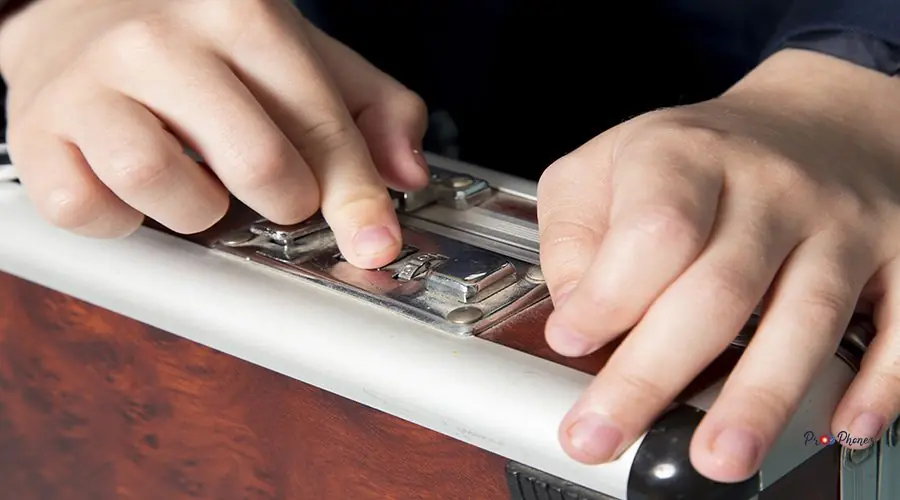
Calibrate your new battery by charging fully and then discharging to 10%. Repeat monthly. Avoid exposing your phone to heat and use certified chargers for best results.
Signs You Need a New Battery
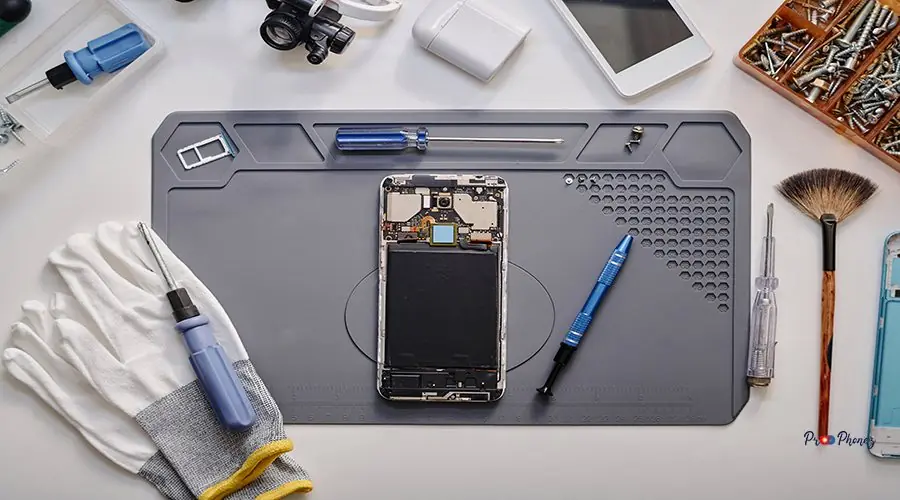
Frequent charging, rapid power loss, and overheating are clear signs that you may need a phone battery replacement. Swelling or a bulging case means immediate replacement is necessary for safety.
Choosing the Right Tools for the Job

A reliable toolkit should include an apple, ESD-safe screwdrivers, a spudger, tweezers, and a suction cup with sufficient capacity for your needs. Investing in quality tools ensures a safer, more efficient repair process.
Key Steps to Safe Battery Installation

- Power off your device.
- Open the case and disconnect the battery.
- Remove the old battery carefully.
- Install the new battery and reconnect.
- Reassemble and test your device.
Avoiding Common Errors: What to Watch Out For
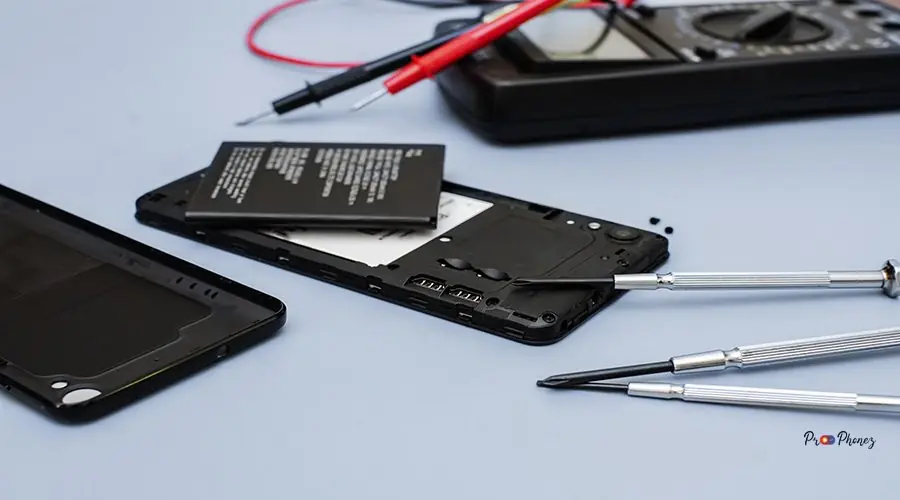
Don’t use metal tools near the battery, skip steps, or rush the process. Double-check all connections and use only compatible parts to avoid issues.
Tips for Maintaining Your New Battery’s Lifespan
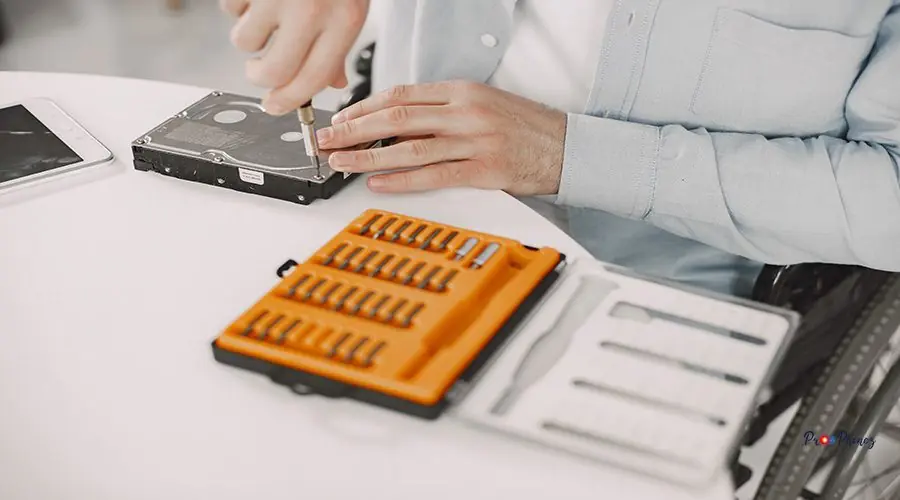
Keep your battery between 20% and 80% charge, avoid extreme temperatures, and use certified chargers. Regularly update your device’s software for optimal battery management.
Recognizing Signs of a Failing Battery
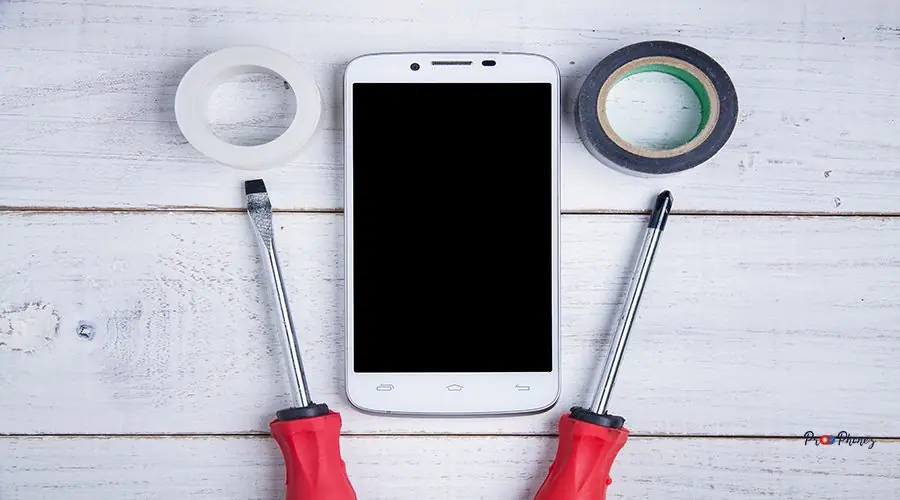
Rapid discharge, overheating, and unexpected shutdowns are key signs that a mobile battery replacement may be necessary. Swelling or physical changes require immediate replacement to prevent damage.
Tools You Need for Safe Replacement
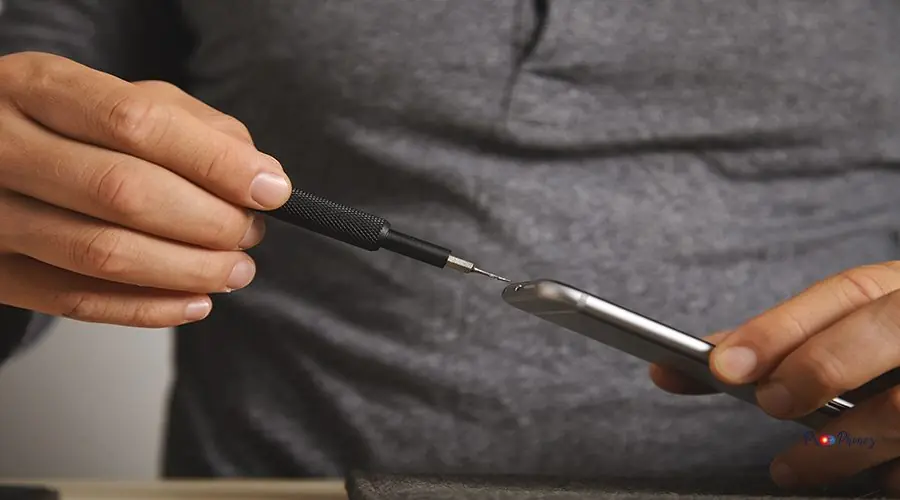
Essential tools include a spudger, ESD-safe tweezers, precision screwdrivers, and a suction cup. A magnetic mat helps keep screws organized during the process.
Steps to Safeguard Your Device During Repair
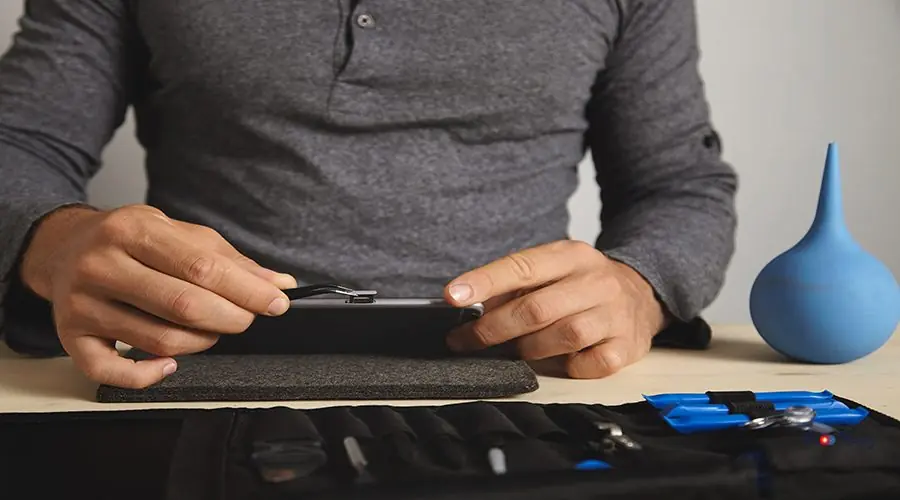
Work on a static-free surface, use ESD-safe tools, and keep small parts organized. Power off your device before starting and avoid working near water or heat sources.
Pitfalls of Ignoring Manufacturer Guidelines
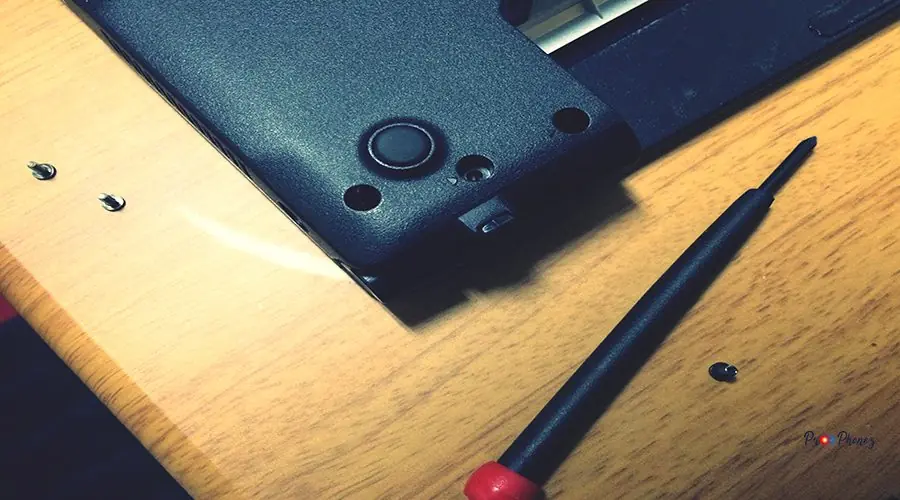
Ignoring manufacturer instructions can lead to damage or void your warranty. Always follow official guides and use recommended parts and tools for safe, effective repairs.
Testing Your New Battery: Ensuring Optimal Performance
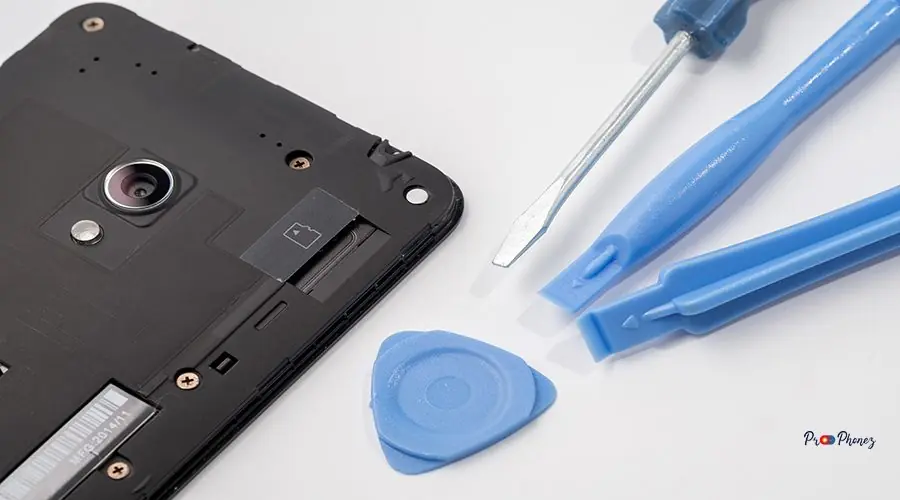
After installation, charge your battery fully and monitor performance. Check for normal charging, battery percentage accuracy, and device stability. Address any issues immediately.
Identifying Faulty Power Sources

If your phone charges erratically or overheats, your charger or cable may be faulty. Use only certified, compatible charging accessories to protect your battery and device.
The Role of Tools in Installation
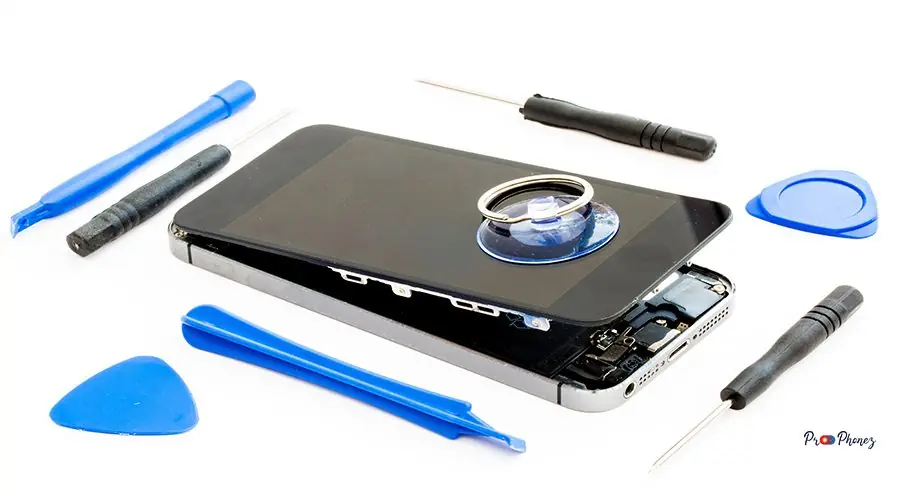
Proper tools prevent damage and ensure a smooth phone repair. ESD-safe tools, precision screwdrivers, and plastic prying tools are essential for safe phone battery replacement.
Risks of Using Incompatible Components
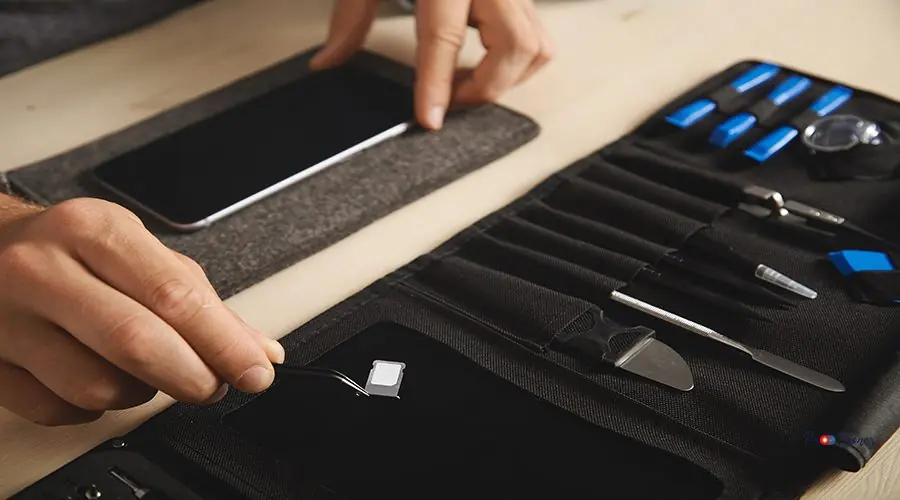
Using the wrong battery or parts can damage your device, cause overheating, or even pose safety hazards. Always verify compatibility before purchasing replacement parts.
Signs of Improper Installation: What to Watch For
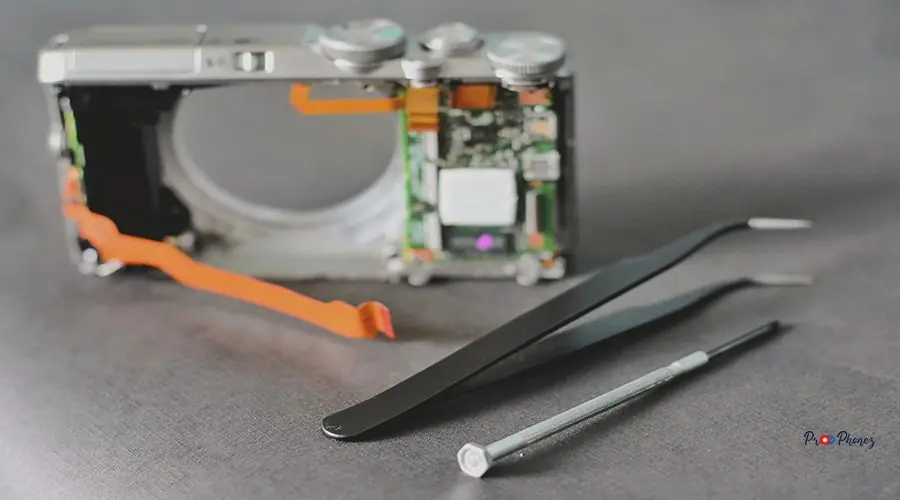
If your phone won’t power on, charges slowly, or displays battery errors, the installation may be incorrect. Recheck all connections and ensure the battery is properly seated.
Extending Battery Life with Proper Practices
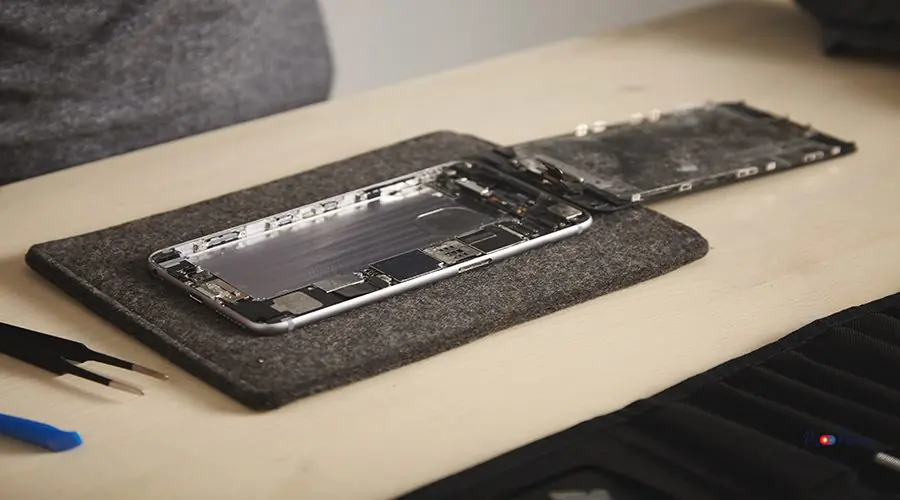
Avoid full discharges, keep your phone cool, and use certified chargers. Enable battery-saving features and update your device’s software regularly for optimal battery health.
Identifying Signs of a Dying Battery
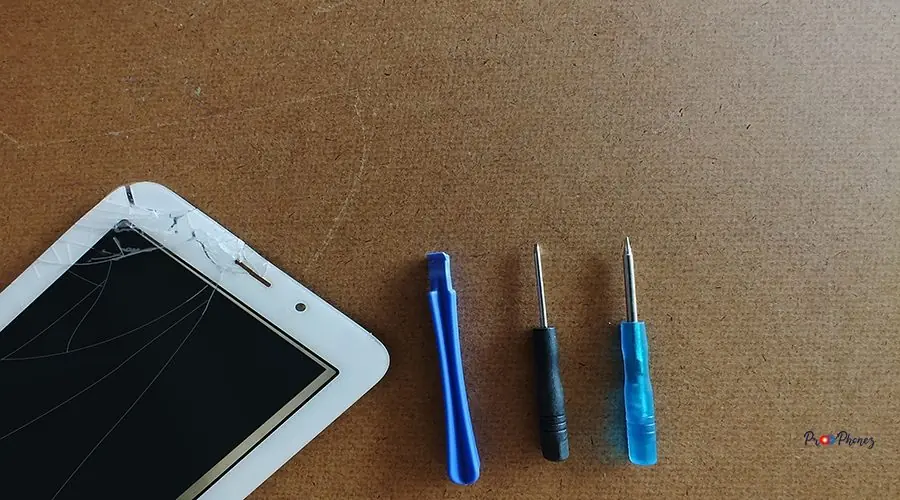
Frequent charging, rapid power loss, and overheating are signs your battery is dying. Swelling or physical changes require immediate replacement to prevent further issues.
Tools You Need for a Smooth Swap
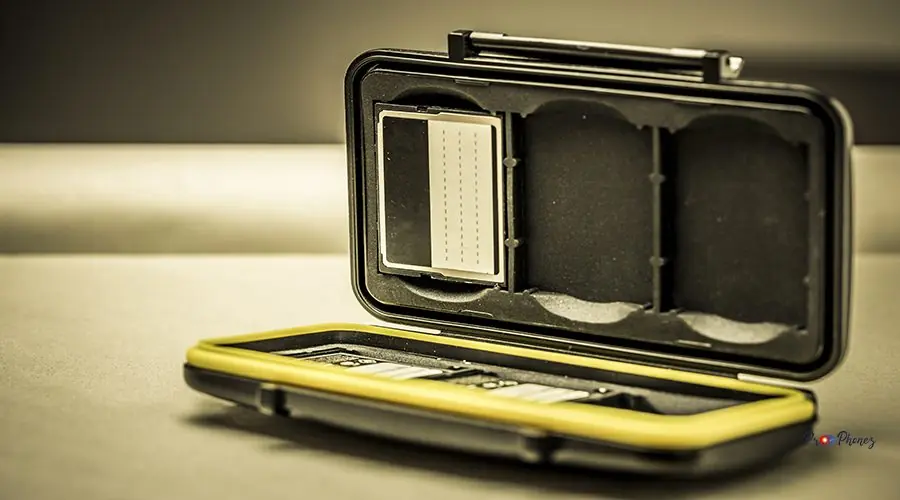
A quality toolkit includes a spudger, ESD-safe tweezers, precision screwdrivers, and a suction cup. A magnetic mat helps keep screws organized and prevents loss.
Top Reasons for Botched Replacements
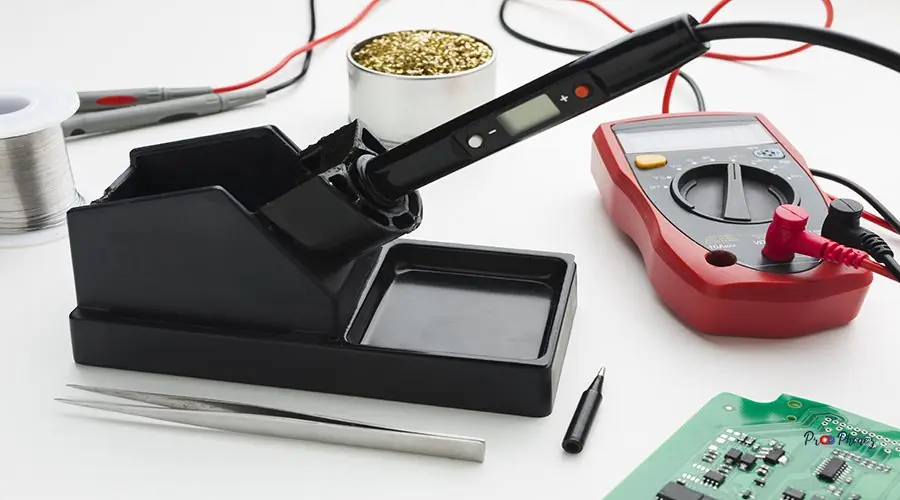
Common causes include using improper tools, rushing the process, or ignoring instructions. Always follow a detailed guide, use the right tools, and take your time for a successful replacement.
How to Extend Your New Battery’s Life

Keep your battery between 20% and 80% charge, avoid extreme temperatures, and use certified chargers. Enable power-saving features and update your device’s software regularly.
Professional Help vs DIY: Making the Right Choice
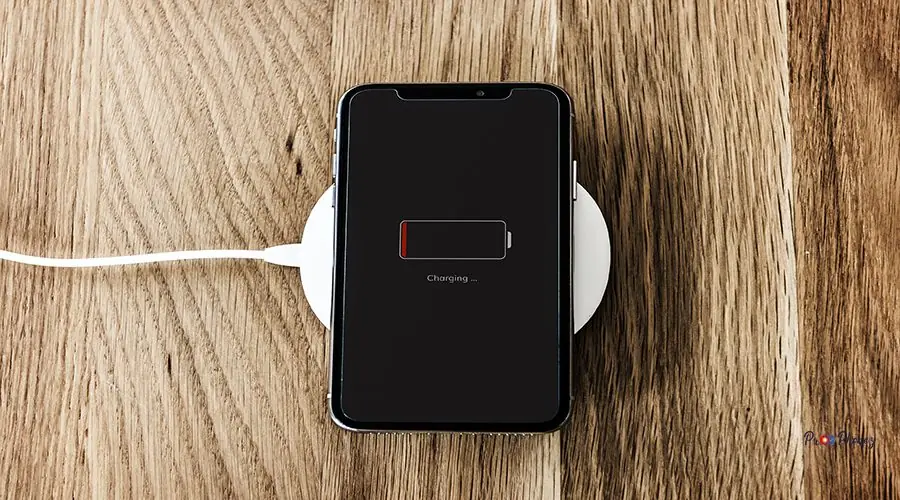
DIY phone battery replacement for Samsung devices, smartphones, and Apple devices like the iPhone can save money, but carries risks if you lack experience, proper tools, or an understanding of the replacement cost. Professional repair services offer expertise and warranty coverage. Choose the option that best matches your skill level and comfort with electronics repair.


